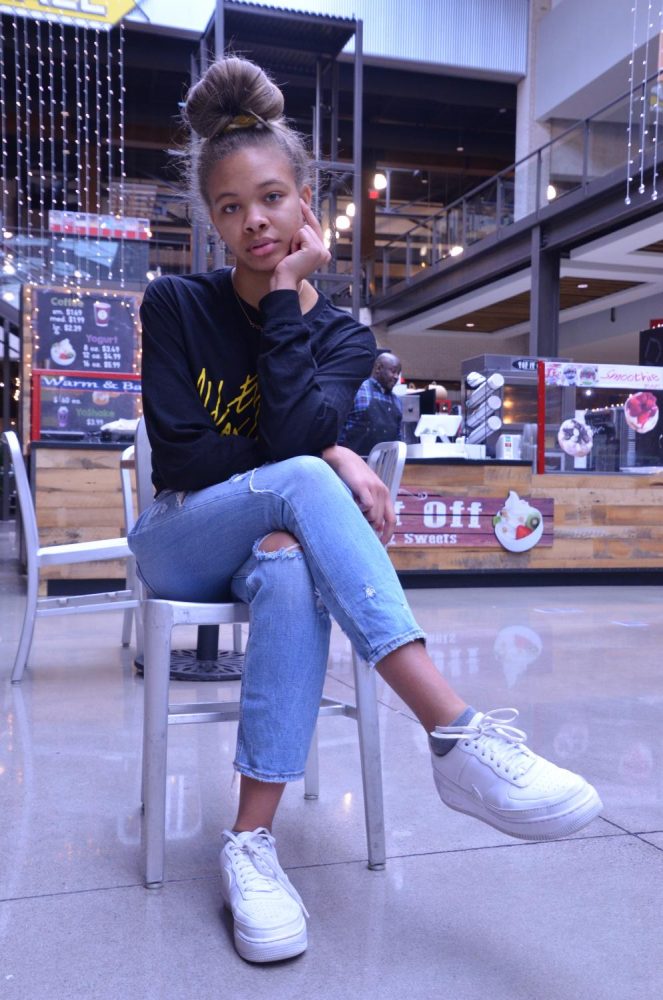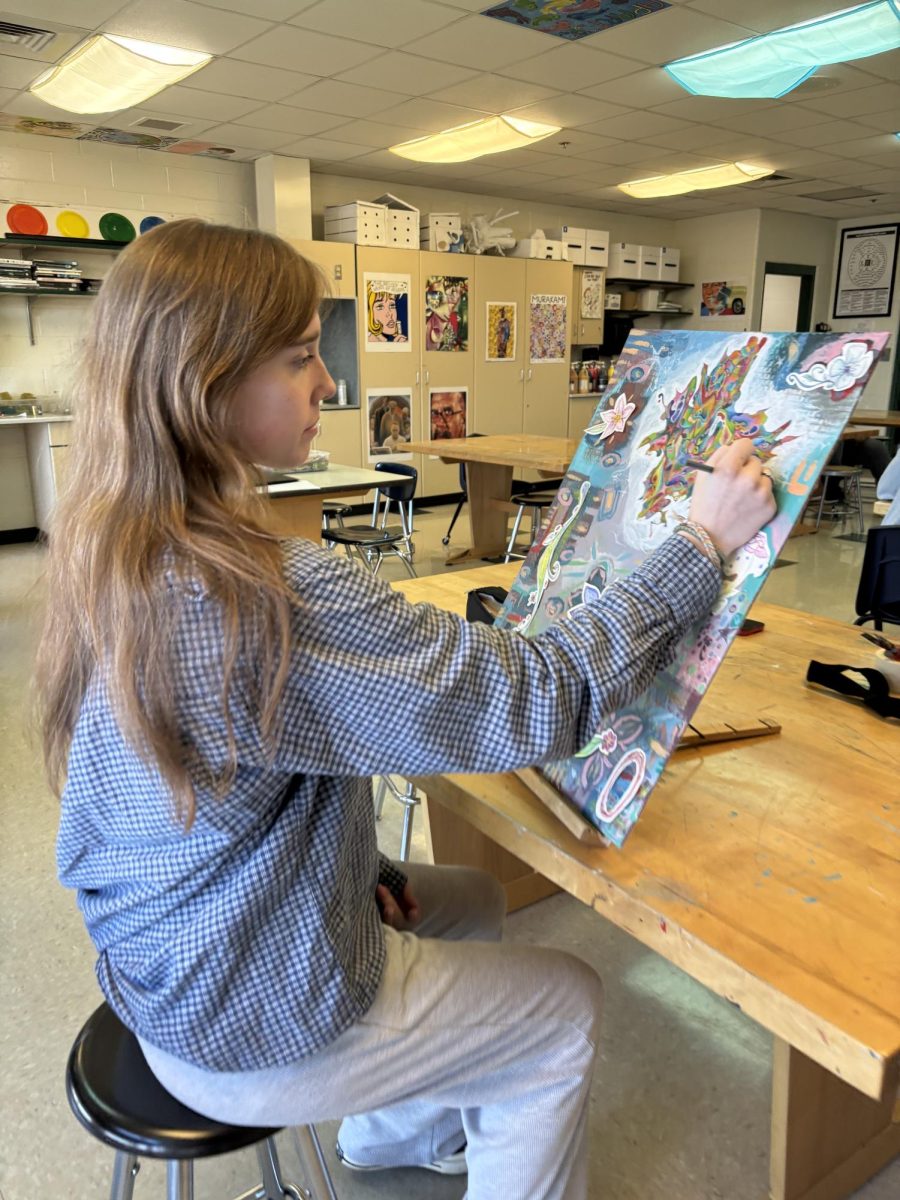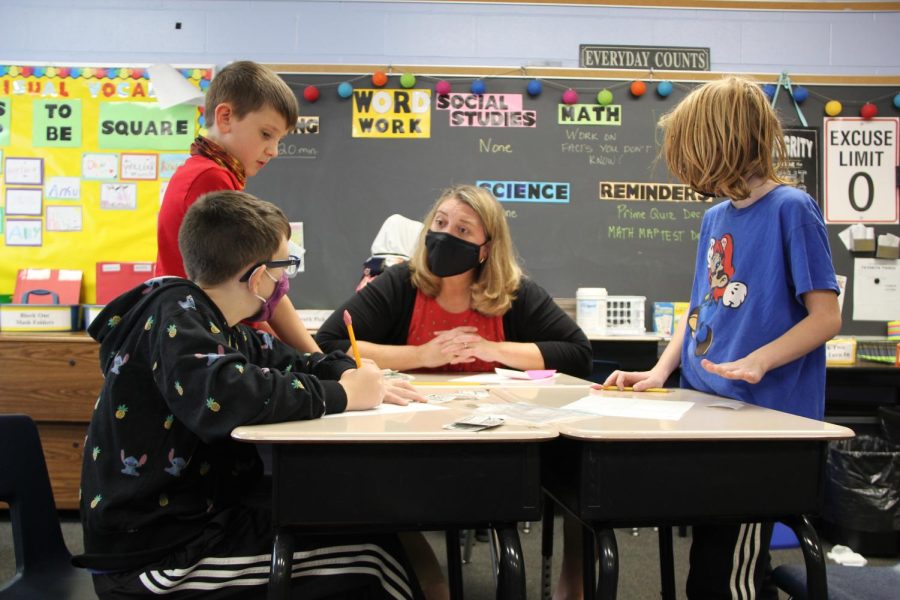story by Shiloh Wolfork | photography by Riley Higgins
For me, hate culture has never been considered a single term or idea but instead, a gradual and continuous collection of experiences and events that are charged with judgment and ignorance.
With that said, hate culture isn’t something that can be easily explained. To be impacted by the realm of discrimination and intolerance that is included within hate culture is truly something painful. To experience prejudice is painful. And that pain cannot simply disappear into thin air. In one way or another, that pain is something that absorbs into the soul. It chips away at a person’s confidence and cannot be forgotten.
According to Director of the Women’s Center at Kent State University Cassie Pegg-Kirby, hate culture is perpetuated by a series of events, not triggered by single instances.
“Hate culture can be death by 1000 paper cuts. I think sometimes we hear a lot about the more courageous individual circumstances, but the environment and the climate itself can be perpetuating that hate. It’s sort of an ongoing low hum,” Pegg-Kirby says. “We acknowledge hate culture when something shows up in the news or we hear about a story but the reality is that people feel like they need to sort of weigh their battle armor on a regular basis because it is sort of a low hum in the background.”
As a curly-haired African American person who didn’t used to have the same pride in my culture that I do today, it was painful when my friends told me that I would look better if I wore my hair straight.
As a young woman who didn’t used to possess the confidence that I have today, I was discouraged by my rude male peers who loudly interrupted me and spoke over me when I was asked to present something to the class.
Hate culture is not simply racial prejudice or discrimination on the basis of gender. Hate culture is an atmosphere in which it has become customary to judge people on the basis of any and all things including gender, sexuality, ethnicity and race, and political values. In a survey of 211 East students, 154 said they had been impacted by hate culture.
According to Senior Legal Analyst at the Kirwan Institute for the Study of Race and Ethnicity at Ohio State University Kyle Strickland hate culture is connected to the perpetuation of social inequalities.
“It’s a culture of discriminatory behaviors and actions that are offensive,” Strickland says. “That continues to happen and perpetuates the disparities that keep people from being at equal levels and being treated fairly.”
Out of 212 East students, 186 knew what hate culture is.
According to Pew Research Center nonwhite people are more likely to see the advantages of being white. Specifically, Americans see disadvantages for African American and Hispanic people in the United States. In an April 2019 study, 56% of all adults say being black hurts people’s ability to get ahead at least a little, and 51% say the same about being Hispanic. While 59% say being white helps people’s ability to get ahead. However, the views about the impact of being Asian or Native American have a more positive/negative mix.
Strickland says that people believe that racism no longer exists because of the progress that has been made. However, many ignore how much more needs to be accomplished.
“There are many people in society who think that racism is over. They believe that [because] Barack Obama, the first black president was elected, we’re in a post-racial society. That’s not true,” Strickland told Spark. “In fact, we see it every day and in many cases, where racism is very alive and well and the white supremacist ideology is continually spread and has [continued to] fan the flames of hate. It is a form of domestic terrorism that happens where people believe that they are better than other people simply because of the color of their skin.”
Ever since elementary school, my parents instilled an appreciation for education within me. My parents are the reason that I believe my intelligence to be such an important part of who I am. My mom especially always stressed the value of the mind. She said “Even if you face hardship, your intelligence is something that no one can ever take from you.”
From a young age, I was always completely aware of race and that the privileges that existed for some, and not others, were oftentimes due to race. I’d say that this acknowledgement of the issue at a young age only inspired me to work harder for the goals that I wanted to achieve because I knew that I had to.
According to Pegg-Kirby, privilege, especially racial privilege, promotes a competitive nature that prevents every person from reaching an equal status within society.
“When individuals or groups are striving for equity or inclusion, those who have the privilege or power see that as a threat. Whether you’re talking about someone who’s white or someone who’s male or someone who’s cisgender,” Pegg-Kirby says. “Instead of looking at it as leveling the playing field, or giving everyone equitable opportunities and resources, people do view it as if there’s more for others and less for me. It perpetuates this view of the world that is based on scarcity versus abundance.”
A lot of my most disheartening experiences have been race-related. I’ve had many kids simply ask me, “So what are you? Are you mixed (biracial)?” When I tell them that both of my parents are African American and I just have a lighter complexion, they’ll question me again as they stare at my hazel-green eyes and light brown hair, “Oh! So you’re adopted?”
I’ve had so many of these encounters that I grew used to the questioning growing up. I’ve learned that people see me as unusual or rare for a black girl. I’ve been called “pretty…for a black girl” and I’ve had someone who I believed was a friend tell me he’d never date me because I am black.
According to Strickland, even though children may be insensitive regarding race, they are not entirely responsible for their beliefs or behaviors.
“[Racism] is 100% a learned behavior. No one grows up hating someone because of the color of their skin,” Strickland told Spark. “It’s very much a social construct that is taught. And unfortunately, people continue to pass it on from generation to generation.”
It used to be harder to confront the constant questions and puzzled glances. But now, as I have learned to use my voice and to appreciate the people who love and support me for all of the beautiful melanin coursing through me. I have learned to question others when they question the person that I am. I wonder why does my racial makeup matter so much to the people surrounding me? Shouldn’t the most important thing be the contents of my heart and the way that I treat others? And if I were biracial, would it change the way that people treat me?
Colorism is discrimination based on skin color in which those with lighter complexions are often treated more favorably than others. According to Pew Research Center, 43% of Hispanic people with lighter skin experienced discrimination from time-to-time while 54% of Hispanic people with darker complexions experienced discrimination.
Colorism specifically continues to thrive within the African American community. According to The Guardian, the difference in pay rates between darker-skinned and lighter-skinned men mirrors the differences in pay between white and black people.
Strickland says that just because racism isn’t as extreme as it used to be, it is still necessary to recognize its presence.
“Just because we’re not seeing the same levels of explicit racism, necessarily by our government, as we did in the past, we still see racism. And we see that carried on from the time of slavery,” Strickland says. “People are hated and discriminated against just because of the color of their skin and we’ve got to be able to call it out.”
Out of 201 East students surveyed, 168 said that they would speak up if they witnessed hate culture.
According to Pew Research Center, racism is not the only proponent of hate culture. People also tend to experience division based on differences in political values.
In 2012, when Barack Obama was running for a second term against Republican candidate Mitt Romney, I in the fourth grade. Being in a mostly Republican area, I had grown used to having different opinions than my peers. However, these differences in opinion had never before led to blatant intolerance. That was, until lunchtime, when someone who I had considered to be my best friend at the time refused to sit at the same table as me because my parents proudly supported Barack Obama.
According to the Scientific American magazine, partisanship is one of the most divisive conflicts between groups in America with 86% of Americans seeing strong conflicts between Republicans and Democrats. Liberals and conservatives not only disagree on policy issues, they are often unwilling to live near each other or get married to members of the other group. This rejection based on strong group membership is known as affective polarization, meaning that a person’s feelings are different toward members of the group that they identify with compared to outsiders.
Pegg-Kirby says that the constant competition between groups with different beliefs drives the lack of empathy that prevents unity.
“We should look at society as a place where there is more than enough for all of us versus there’s a limited amount and we all need to get our fair share,” Pegg-Kirby says.
According to Pew Research Center seven-in-ten women believe that a major reason why women are underrepresented in top positions in politics and business is because they have to do more to prove themselves. Six-in-ten-women say that gender discrimination is a major obstacle to female leadership in politics and business while 36% of men say this is the case within political occupations.
For East junior and Co-President of East Med Club Lyna Sennoun sexism is an unfortunate part of everyday life especially when it comes to education.
“[Sexism] is not something to be debated. It exists and affects nearly everyone. When I think about sexism in my life, education is the first thing that comes to mind. Just the fact that there are some places in our world today that still deny education to young girls is mind blowing,” Sennoun says. “Even being a female in the education system, there are certain stigmas built to restrict certain professions to certain genders, such the notion that all engineers are men or that a woman shouldn’t be trusted to be president.”
Pegg-Kirby explains why it can be difficult to stay hopeful in the fight for equal rights among genders when people have become accustomed to simply dealing with the injustices that exist.
“We know [inequalities] exist. But how long do you fight the fight, and people don’t hear you? It becomes [a matter of] how hard do you have to push to be recognized and empowered. It’s kind of a lose-lose,” Pegg-Kirby says. “You show up as a leader but you’re looked at as bossy. It’s very difficult and I think the culture, the language, the perception, even among women is look how far we’ve come. Women are graduating at higher rates. We have representatives and women who are college presidents. But if you drill down a bit further, it’s still overwhelmingly white males in those spaces.”
In a survey of 205 East students, 46.8% say that efforts by the school administration to ease hate culture have been somewhat successful.
According to Researcher at the Kirwan Institute for the Study of Race and Ethnicity Dwight “Kip” Holley, there is still hope for lessening and addressing hate culture in the future.
“I’m of the mind that it’s never too late [to lessen the existing hate culture],” Holley says. “It’s really about changing our institutions, systems, structures and giving people the access to make change. I’ve met a lot of people who are really working hard to increase a lot of understanding and justice. So as long as there are people who are willing to do the work.”
As a 16-year-old, I can safely say that I haven’t always been this way. My hurtful experiences have gradually molded me into the person that I am today. But the reality is, I used to be a shy 10-year-old who would beg my mom to straighten my hair so that I could just “look like everyone else.”
It hurts me to think that there was a point in which the system of prejudice and hate that is ingrained within people at such a young age was able to make me feel that I was less than others. And it is heartbreaking to know that there are so many little girls of color who feel the same way that I did.
I haven’t always been proud of the body that I inherited from the strong women who came before me. Now, I can truthfully say that my physical insecurities have forced me to undergo a personal transformation that has magnified my desire to be a part of a generation that works toward fighting hate culture with love and positivity.









































































































